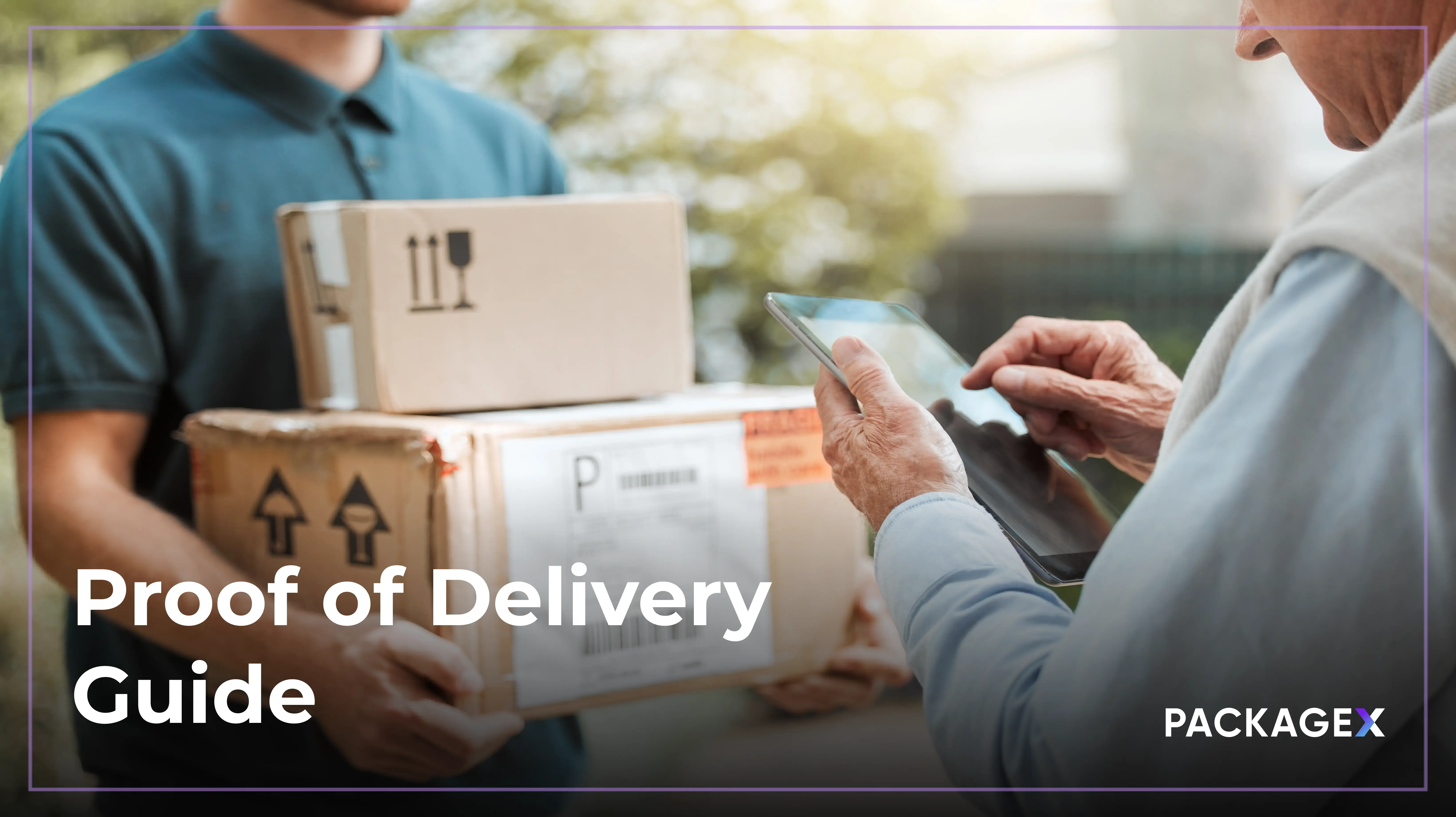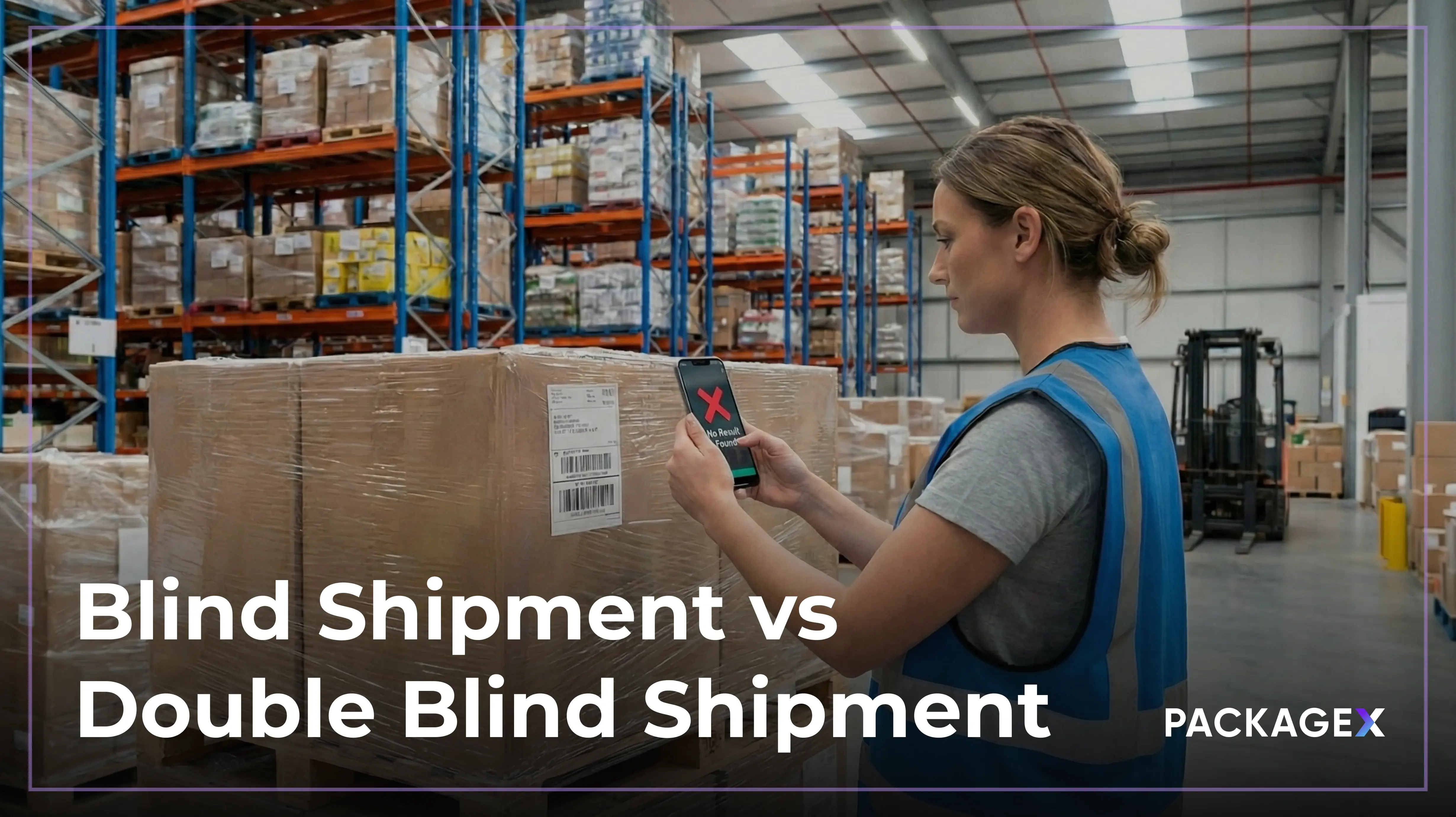The Internet of Things (IoT) stands as a cornerstone of modern technological innovation, fundamentally altering the landscape of numerous industries. Logistics, a sector central to global commerce, is experiencing profound changes driven by IoT advancements.
IoT technology creates an expansive network where devices, vehicles, and an array of items are not just connected but are also embedded with sophisticated software. This software facilitates communication and data sharing across the network, forming an interconnected web of intelligence that spans the entire logistics chain.
This burgeoning network is redefining the logistics industry. By equipping containers, warehouses, and transportation vehicles with IoT devices, logistics companies can monitor and manage their operations with an unprecedented level of precision and insight.
As this article explores the multifaceted impact of IoT on logistics, it will delve into the evolution of this technology in the sector, dissecting the key components that make up an IoT-enabled logistics ecosystem. It will also highlight real-world applications, showcasing how businesses are leveraging IoT to revolutionize their logistics operations.
Evolution of IoT in logistics
Early adoption
In the initial phase, IoT found its first major application in logistics through the tracking of shipments. Industry leaders such as FedEx and Maersk were at the forefront of this revolution. They integrated cutting-edge technologies like GPS for location tracking and Radio-Frequency Identification (RFID) for seamless cargo identification. This integration enabled them to monitor the whereabouts of shipments globally, in real-time.
Such early adoption not only demonstrated the potential of IoT in logistics but also established a foundation for future advancements. It marked the beginning of a new era in logistics management, showcasing how digital technology could revolutionize traditional processes.
Expansion into advanced applications
As IoT technology matured, its applications in logistics became more diverse and sophisticated, encompassing several key areas:
- Advanced tracking: Modern IoT devices have transcended basic location tracking. They are now capable of providing granular details about the shipment conditions. For instance, they can monitor environmental parameters critical for perishable goods, such as temperature, humidity, and even atmospheric pressure. This level of detail helps in maintaining the quality of sensitive products throughout the transportation process.
- Fleet management: IoT's role in fleet management is multifaceted. It involves optimizing delivery routes using real-time traffic data, thus saving time and reducing operational costs. Additionally, IoT devices monitor the health of vehicles, alerting managers about necessary maintenance or potential issues. This proactive approach not only extends the life of the fleet but also minimizes unexpected downtimes.
- Warehouse automation: The integration of IoT in warehouse operations has led to significant advancements. IoT devices, working in tandem with robotics and advanced software systems, facilitate automated picking and sorting processes. This automation boosts efficiency and accuracy, reducing the likelihood of human error. Additionally, IoT enables real-time inventory management, ensuring stock levels are maintained optimally and helping in quick replenishment.
Components of IoT in logistics
Component #1: Sensors
Sensors are the cornerstone of IoT in logistics, responsible for collecting a wide array of essential data. They gather information such as temperature, humidity, geographic location, and motion. These sensors are versatile and can be embedded in various elements of the logistics chain, including packages, pallets, containers, or directly within transport vehicles.
Their primary function is to provide stakeholders with continuous, real-time data, which is pivotal for maintaining the integrity of the goods, ensuring timely deliveries, and optimizing the logistics process.
Component #2: Connectivity
Connectivity plays a critical role in the IoT ecosystem, acting as the conduit for data transmission from sensors to central processing systems. This connectivity is achieved through a variety of technologies, such as cellular networks, Wi-Fi, and satellite communications.
The diversity in connectivity options ensures that IoT devices can transmit data reliably and continuously, even in the most remote or challenging environments. This persistent connectivity is essential for real-time tracking and management of logistics operations, providing a constant flow of information regardless of location.
Component #3: Data processing
At the core of IoT functionality is data processing. IoT devices generate vast amounts of data, necessitating robust and efficient computing solutions for processing and analysis. Technologies like cloud computing and edge computing are employed to handle this data deluge.
These computing solutions enable rapid processing and analysis of the data, providing actionable insights. This capability is crucial for timely decision-making in logistics. It allows for swift responses to changing conditions and optimization of logistics operations based on up-to-date information.
Component #4: User interface
User interfaces are the human-facing element of IoT systems in logistics. They include interactive dashboards and mobile applications that present the processed data in a clear, understandable format. These interfaces are designed for ease of use, allowing logistics managers and other stakeholders to quickly interpret the information provided by IoT systems.
Real-world applications of IoT in logistics
Maersk monitors 700 vessels and millions of containers
Maersk utilizes IoT technology to enhance its extensive logistics operations, which include a fleet of over 700 vessels and the management of millions of containers annually. They require a unified global connectivity solution to ensure constant tracking and monitoring of their vast array of assets, including vessels, containers, and equipment across their global container terminals.
The IoT solution employed by Maersk allows for constant visibility and debugging of their systems. It enables real-time global connectivity debugging, critical for ensuring stable operations and providing maximum insights to customers. This solution also supports Maersk in launching new devices, optimizing battery life in IoT devices, and reducing power consumption by minimizing the time devices are on-air and the amount of data transmitted.

Amazon investors in wearable tech and robotics
Amazon has launched a $1 billion venture investment program, the Amazon Industrial Innovation Fund (AIIF), aimed at driving innovation in supply chain, fulfillment, and logistics, with a strong emphasis on automation and workplace robotics. This initiative responds to the changing market landscape where customer satisfaction increasingly hinges on delivery times and online shopping experiences. The fund focuses on developing technologies that enhance both customer and employee experiences in warehousing and logistics.
In its first round of investments, the AIIF is concentrating on wearable safety technology. Companies like Vimaan (computer vision), BionicHIVE (autonomous robotics), and Mantis Robotics (sensor-equipped robotic arms) are among the initial beneficiaries. This investment is part of Amazon's broader commitment to igniting innovation in technologies that improve employee safety and operational efficiency.
The business case for IoT in logistics
According to BlueWeave Consulting, the size of the global IoT logistics market was worth $37 billion in 2021 and is projected to grow at a significant CAGR of 14.0%, reaching a value of $93 billion by 2028. The burgeoning IoT in logistics market is a testament to the growing recognition of its potential.
Considerations for implementing IoT in logistics
Can IoT technology help us improve asset tracking?
IoT for asset tracking offers real-time insights into asset location, condition monitoring, and predictive maintenance. By leveraging IoT sensors and devices, companies with logistics operations gain a comprehensive view of their assets. This technology facilitates proactive decision-making, allowing for timely interventions to prevent potential issues.
How can our company use RFID technology to improve logistics operations?
RFID (Radio-Frequency Identification) technology presents a game-changing solution in improving logistics operations by offering seamless item tracking and automated inventory management. Companies can leverage RFID tags attached to items, pallets, or containers to enable swift and accurate identification and tracking throughout the supply chain.
RFID readers, strategically placed at various checkpoints, automatically capture tag data, providing real-time visibility into inventory levels, location, and movement. This technology streamlines processes such as receiving, picking, and shipping, reducing manual errors and labor-intensive tasks.
By harnessing RFID technology, companies enhance inventory accuracy, optimize stock levels, minimize stockouts, and improve overall efficiency within their logistics operations.
How will IoT technology integrate with our existing systems and infrastructure?
It's crucial to assess the compatibility of IoT technology with existing systems and infrastructure. IoT solutions should seamlessly integrate with current logistics management systems, warehouse management software, and other operational tools. This integration is essential for ensuring smooth data flow and avoiding disruptions in existing processes. Additionally, consider the need for staff training and potential upgrades to existing infrastructure to support IoT technology.
{{returns-webinar}}
Getting started with IoT in logistics
Step 1: Analyze potential upgrades
Commence by conducting an in-depth analysis of logistics operations to identify areas that can benefit from IoT integration. This entails employing various sensors like RFIDs, chips, and weight sensors. For instance, RFIDs enhance real-time asset tracking, chips assist in automated stock updates, and weight sensors optimize warehouse operations. The technical aspects involve installing these sensors and establishing their networking, incorporating input into main systems through Kafka or MQTT servers.
Step 2: Create a strategic roadmap
Develop an intricately detailed strategic plan aligning IoT goals with overarching business strategies. This plan should encompass the technicalities of deploying chosen IoT technologies and their expected outcomes. It should address operational challenges, such as sensor failures, through a health dashboard for each sensor and a repair protocol.
Step 3: Collaborate with IoT experts
Forge alliances with proficient IoT solution providers well-versed in logistics. These partnerships are pivotal in selecting apt technologies and ensuring their seamless integration into the logistics framework. Seek providers with a solid track record in the logistics sector and a comprehensive understanding of specific operational needs.
Step 4: Test and scale
Execute pilot projects to test chosen IoT solutions. These pilots serve as controlled environments to evaluate technology effectiveness and scalability. They yield crucial data and feedback, facilitating necessary adjustments before widespread implementation across operations.
The integration of IoT heralds a significant shift in logistics, revolutionizing operational management. Embracing IoT not only boosts operational efficiency but also cultivates a more responsive, transparent, and customer-centric supply chain.




